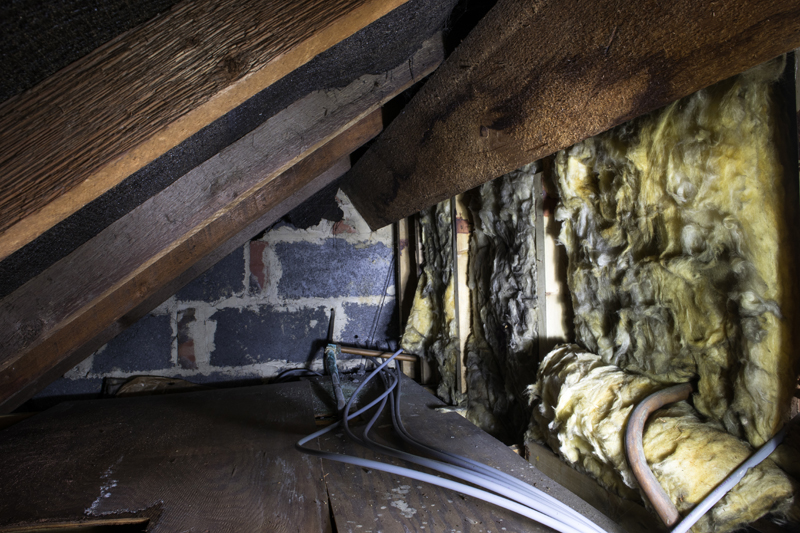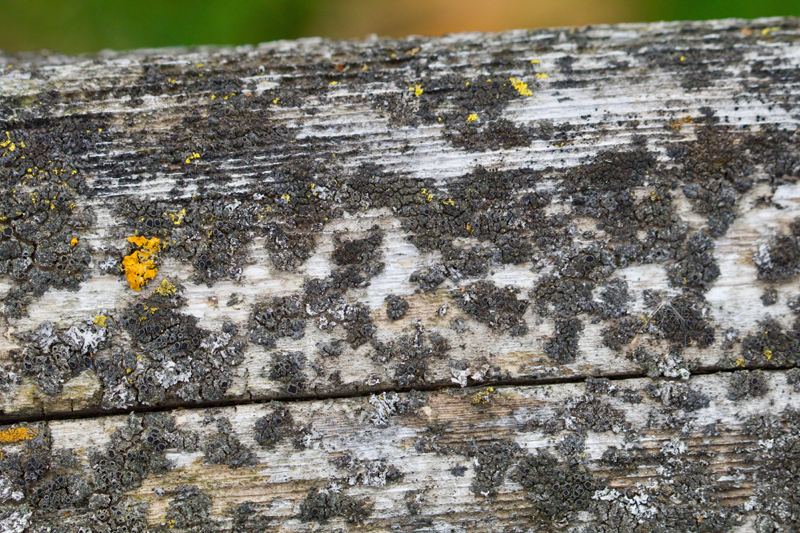Moisture in the attic

Moisture in the attic has become more common as we have additional insulation and energy efficiency of our homes. The biggest problem is with old homes that do not have a vapor barrier in the ceiling causing the moisture can migrate up to the attic.
Moisture in the attic
Moisture in the attic has become increasingly common as we have additional insulation and energy efficiency of our homes. The biggest problem is with older homes that do not have a vapor barrier in the ceiling causing the moisture can migrate up to the attic.
Causes of moisture in the attic
- Humid air rises from the living area
- The roof surface layer is leaking
- Leaks that let rain and snow blow in on the attic
We will try to explain why the moisture in the attic has become a bigger problem
As we mentioned earlier, the problems have increased as we make our houses less energy intensive. The reason is that we replace wood boilers, oil boilers and pellet boilers with different types of heat pumps and district heating. When we change the heat source and at the same time insulate the house, insert energy-efficient 3-glass windows and more, we make the houses warm and in turn gives less electricity consumption. The old heat sources burned air when they generated heat, which gave a positive side effect in the form that they got an air circulation in the house and a negative pressure that prevented hot humid air from rising in the attic and condensing.
Obviously, when you insulate your attic, you get a warmer indoor climate and lower electricity consumption, as we wrote above. But that does NOT prevent the moisture from continuing to rise to the attic. Thicker insulation in connection with the lack of diffusion barrier creates a greater temperature difference between the indoor air and the air in the attic. The increased temperature difference makes the design of the cold attic, such as trusses cooler and so that when the warm indoor air rises condenses against the cold surfaces.
Before being extra insulated and energy efficient, they warmed up the cold attic and there were no problems with condensation, moisture and mold.
What to do if you extra insulate and make your house more energy efficient?
When building and especially when changing heating source, additional insulation or replacing windows should be observant of how the climate in the attic affected. You can clearly see it in the winter when it is minus degrees. If there is a problem, you see frost on roofs and the like. If it has gone too far you can see black mold on the surfaces.
Black mold in an attic
If you want to prevent the problem of moisture in the attic, install a dehumidifier of the type of desiccant dehumidifier. In addition to installing a dehumidifier, you should carefully seal the attic as best you can.
If it has grown mold, you should of course replace the mold-affected material and replace it with new material.
There are many different solutions on the market to prevent moisture in the attic. There are companies that sell a fan that uses the air outdoors to dry the cold wind. In teroin it sounds good but the problem is that what does one do when the air outside is more humid than the one in the attic? It's like being able to use your washing machine only when it's sunny outside. Another product that is sold is a heating cable where once again teroin heats the air again so that the warm air can carry more moisture than cold air. Both of these products are often called dehumidifiers, which they obviously are not.
Correcting a moisture problem in the attic is not advanced and not particularly expensive if you do not let it go too far.
Need help choosing dehumidifier?
Feel free to use our guide to choose the dehumidifier that suits your needs. Or contact us for more information.


